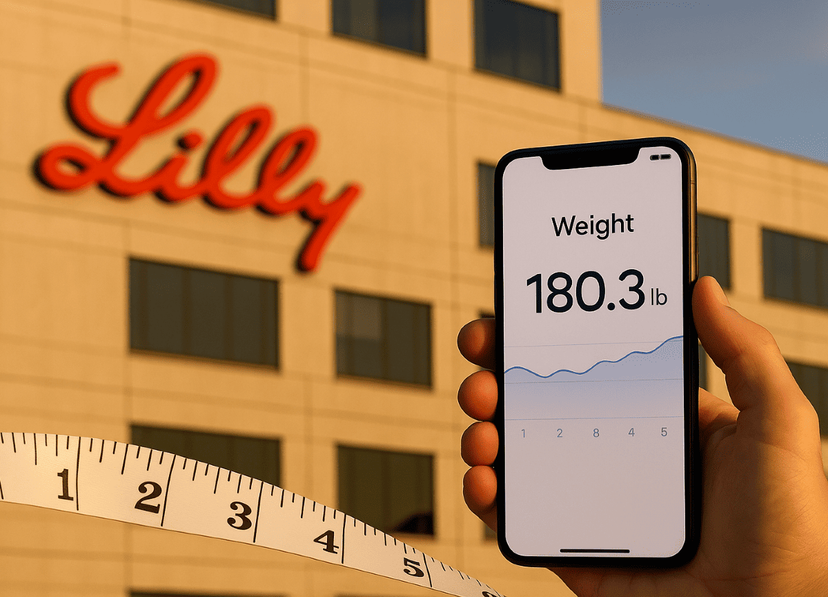UBS Sees S&P 500 at 7,700 Next Year, Haefele Says
By Tredu.com • 11/20/2025
Tredu

What UBS is calling, and why it matters
UBS Sees S&P 500 at 7,700 Next Year, Haefele Says, a level that implies mid-to-high single digit gains from recent prints and a new milestone for U.S. equities. The call rests on a simple premise, profits continue to expand as inflation drifts lower and real yields remain contained. In this framing, valuation does not need to balloon. It needs to hold near current ranges while earnings do the heavy lifting. The bank argues that a combination of stable consumption, disciplined corporate spending, and improving productivity can carry the index higher without overheating.
Earnings drivers and sector mix
The forecast assumes positive earnings growth across large technology, communications, and health care, with selective catch-up from industrials and financials. Technology and semiconductors still lead revenue and margin expansion, supported by data center builds, software subscriptions, and automation programs. Health care contributes steadier gains through services and select pipelines. Financials benefit if the curve re-steepens, since net interest margins stabilize and credit costs stay manageable. Energy and materials provide ballast if global activity firms, although they are not the central engine of the target.
Valuation and multiples
The multiple underlying 7,700 sits within a historically defensible band if inflation trends toward target. If price pressures cool, equity risk premia can compress a touch, which allows a modest rerating. If inflation proves sticky, the index can still reach the destination through earnings growth, though the path would be choppier. The house view does not require a dramatic expansion in price to earnings. It requires that investors gain confidence in delivery and that rate volatility calms.
Rates, inflation, and liquidity backdrop
The projection leans on a gradual easing in core inflation and a glide in real yields that removes pressure on long duration equities. Liquidity remains adequate, since corporate cash levels are solid and households still hold savings buffers. A stable dollar supports multinational earnings translation and reduces imported cost pressure. The critical caveat, a disorderly backup in yields would threaten the rerating and would force the market to lean even harder on earnings to make the number.
Breadth and leadership
Market breadth has narrowed at times, which raises drawdown risk if leaders stumble. UBS expects broader participation as capital spending widens into grid upgrades, factory automation, and software deployment tied to productivity goals. If small and mid caps regain momentum and if cyclicals join the tape, advances become sturdier. If leadership tightens again, rallies will require stronger upside surprises from a shorter list of names.
Capital spending and the AI overlay
Corporate capex on data centers, electrical infrastructure, and software remains a key support for suppliers across semis, equipment, and construction. The forecast assumes that AI spending persists, but with stricter hurdle rates and clearer payoff timelines. That discipline can sustain the earnings base without repeating the most aggressive phases of the prior build. Companies that show measurable returns on automation, customer support tooling, and developer productivity are positioned to defend margins even as unit costs fluctuate.
Consumer, housing, and labor
Households face mixed conditions, slower wage growth and higher debt service for some cohorts, yet employment remains resilient and housing supply stays tight. The base case expects consumption to cool, not crack. Services demand slows from peaks, while goods stabilize. Housing activity improves where mortgage rates edge down and inventories lift. This mix supports earnings in consumer services and select durables, with fewer shocks than a hard-landing scenario.
Policy and geopolitics
Election calendars, trade policies, and regulatory actions remain swing factors. The path to 7,700 tolerates noise as long as rule changes are incremental and tax assumptions do not shift abruptly. Geopolitical risk persists in energy and shipping lanes. Diversified supply chains, higher inventories, and flexible logistics reduce the probability that isolated shocks derail margins for top index weights.
Risks to the call
Three downside risks dominate. First, a growth scare that forces earnings cuts across multiple sectors. Second, a sustained rise in real yields that compresses multiples. Third, a credit event that widens spreads and curbs buybacks or capex. Upside risks include faster productivity gains that lift margins, a quicker fall in core inflation that supports valuations, and broader participation that reduces the market’s fragility to single-stock surprises.
Strategy implications for allocators
If the index approaches 7,700, leadership likely remains quality-tilted. Portfolios can emphasize balance sheet strength, recurring revenue, and pricing power, while adding cyclical exposure where backlogs and pricing are visible. Select exposure to small and mid caps makes sense if financial conditions ease and if breadth improves. Within fixed income, modest duration adds can hedge equity valuations if the disinflation path holds. Cash can be redeployed toward risk on data beats and spread compression, not only on price dips.
What would validate the path
Three markers will confirm or challenge the thesis. One, earnings breadth that extends beyond mega caps. Two, real yields that stay range-bound as inflation cools. Three, calm credit spreads that keep refinancing conditions functional. If this trio holds, the destination becomes a probability, not a possibility. If any element breaks, the index can still advance, but with a slower cadence and larger air pockets.
Bottom line
UBS Sees S&P 500 at 7,700 Next Year, Haefele Says, on the view that earnings expand, multiples hold, and policy remains predictable enough for capital to flow. The route is unlikely to be linear, yet a mix of cooler inflation, contained real yields, and disciplined corporate spending gives the index a credible path toward the target.

How to Trade Like a Pro
Unlock the secrets of professional trading with our comprehensive guide. Discover proven strategies, risk management techniques, and market insights that will help you navigate the financial markets confidently and successfully.


